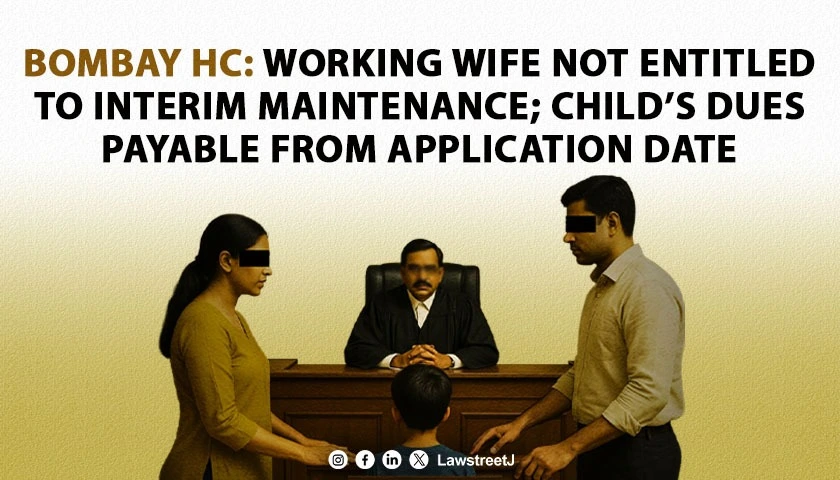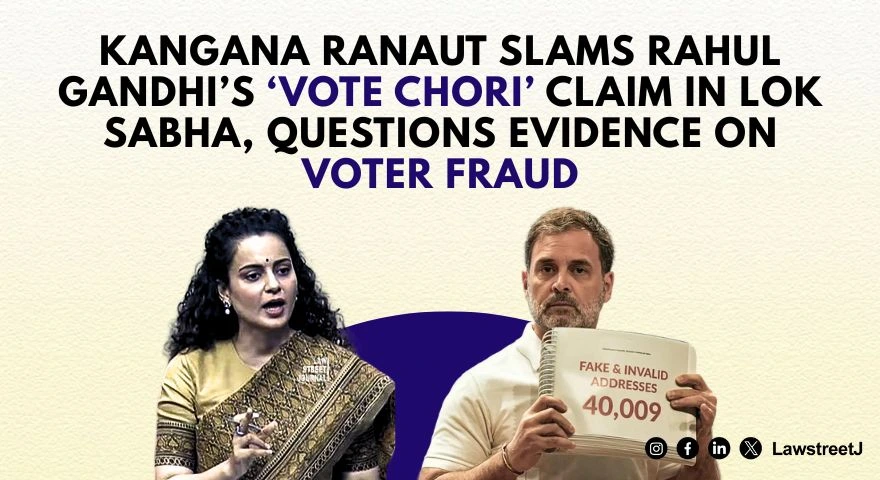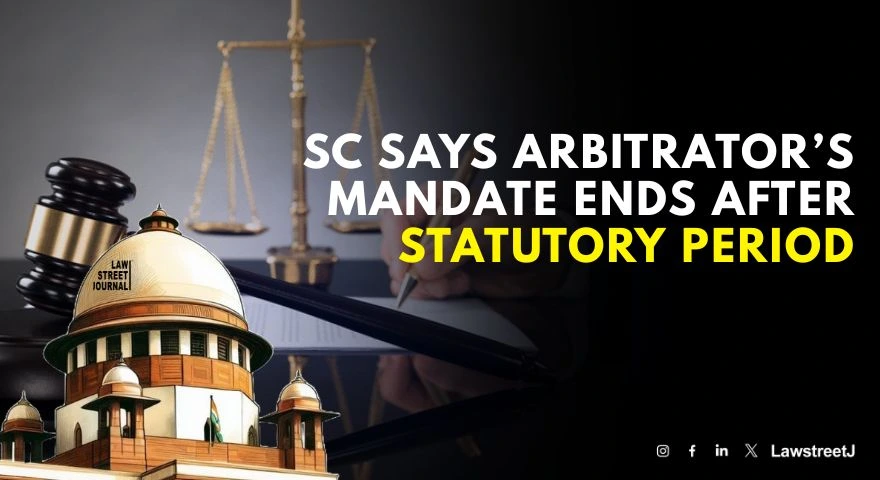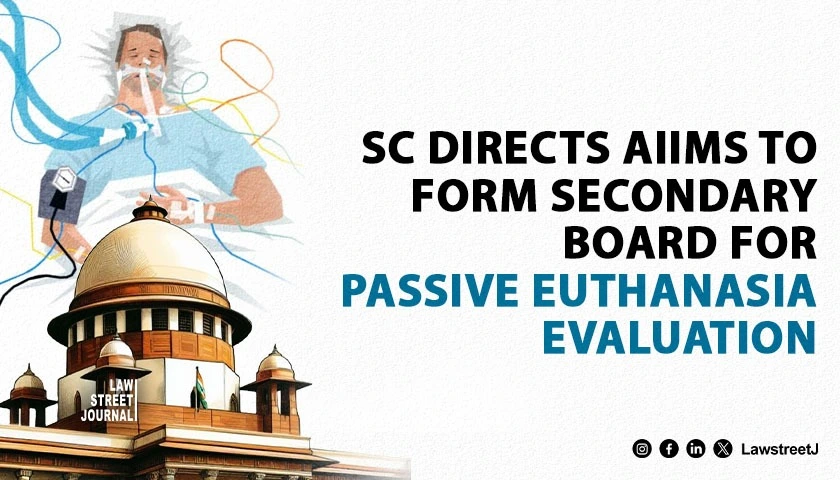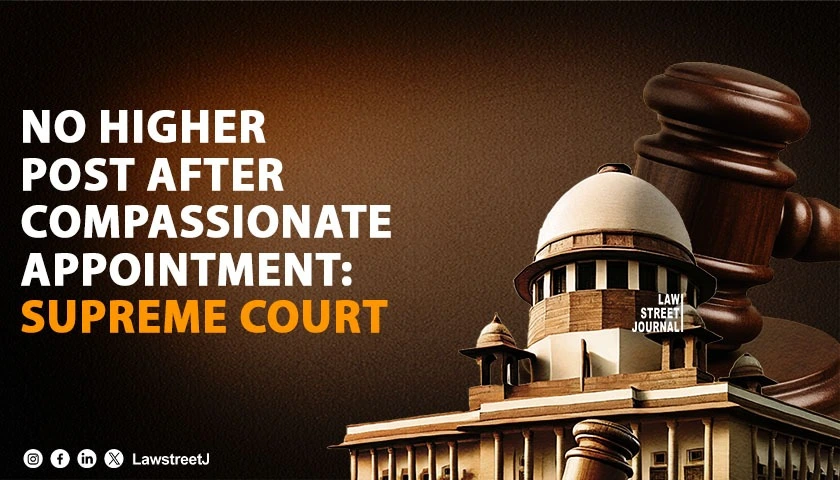Police violence or police brutality has been legally defined around the world from the perspective of violation of the civil rights guaranteed to the civilians under the country's Constitution. Exercising undue and excessive force against a civilian that leads to physical and mental damage is considered as physical harassment in today's times.
"Protest beyond the law is not a departure from democracy; it is absolutely essential to it." -said Howard Zinn, American historian and socialist.
Observing the current ongoings across India, employing "lathi charge" to put an abrupt halt to the protests and demonstrations is taking place on a very large scale.
The term "Lathi Charge" does not find it's definition in the Indian Penal Code 1860, Evidence Act 1872, Criminal Procedure Code 1973or the Police Act 1861. The method has been influenced from a baton charge method that was used during the British time for controlling the crowd - Lathi charges were a common method to tackle the protesting Indians during the pre independence period, for dispersing violent mobs and was a measure used to prevent riots. In the recent times, exercising lathi charge has been widely used to crush the protests that have been demonstrated by student bodies across the nation against the new Citizenship (Amendment) Act, 2019. Since 2014, India's leading universities - Jawaharlal Nehru University (JNU), Banaras Hindu University (BHU), Jadavpur University, Osmania University and Aligarh Muslim University have witnessed organised protests for several reasons.
The very Constitution of India, 1949 provides the protection of the fundamental rights of citizens that includes students who need to express their dissent and grievances. Article 19(1)(a) has allowed for the freedom of speech and expression to exist. Article 19(1)(b) guarantees the assemblage of citizens peacefully and without arms and 19(1)(d) confers the right to move freely in any part of the country. The right to peacefully protest under Part III of the constitution had been recognised by the framers who knew the role played by the non violent protests in the independent struggle and therefore made it a justifiable right under the Constitution. Although it is pertinent to mention here that fundamental rights are subject to reasonable restrictions and public order to maintain the tranquility. The police force has been empowered with statutory powers that are given to ensure that the protests remain peaceful. The instances where a police is required to take actions would likely be under "unlawful assembly" as defined under Section 141 of the IPC. An assembly is unlawful when it is formed to disrupt Government activity by using criminal force or to commit acts which are illegal or intented to cause public nuisance under Section 268of IPC. While looking at the provisions of Section 129 of the Code of Criminal Procedure, 1973 we see that it provides for the dispersal of an unlawful assembly by use of civil force, Section 130allows use of armed forces for the same while Section 143 empowers an executive magistrate to prevent the repetition of public nuisance.
The main question that arises is - how does one see if the restrictions are reasonable? Does the Police have complete freedom to act under these provisions? The answer would be in the negative, because the powers given in the provisions are not absolute.
In the Case of Karam Singh v. Hardayal Singh (1979), the Hon'ble High Court of Punjab & Haryana laid down three prerequisites that must be satisfied before a magistrate can order use of force to disperse a crowd, they are:
- There should be an unlawful assembly whose object should be that of committing violence or there should be an assembly of five or more persons that are likely to cause disturbance to the public peace.
- An Executive Magistrate should have ordered the assembly to disperse.
- Despite giving out of such orders, the people refuse to move away.
When can the crowd be brought under control? And when can the police use force?
The executive magistrate is empowered under Section 130 of CrPC to cause an unlawful assembly to disperse by use of civil force if it has not been able to persuade protesters to move by all other means. Clause (3) of Section 130 says that - Every such officer of the armed forces shall obey such requisition in such manner as he thinks fit, but in so doing he shall use as little force, and do as little injury to person and property, as may be consistent with dispersing the assembly and arresting and detaining such persons. In light of police brutality at anti-CAA protests happening in the nation at the moment, it will not be wrong to say that officials breaking people's bones at protest sites does not amount to "as little force or as little injury."
Looking at the International regime, India is also bound by the principles laid down under United Nations, Section 13 of the basic principles of Use of Force and Firearms by Law Enforcement Officials states - in the dispersal of assemblies that are unlawful but non-violent, law enforcement officials shall avoid the use of force or, where that is not practicable, shall restrict such force to the minimum extent necessary which means that minimum force should be used in the unlawful dispersion.
The main principles for the usage of any kind of force by the police have been enlisted under the respective police manuals of the states. Section 70 of the Uttar Pradesh Police Regulation provides the principles that govern the use of force and they are:
- The magistrate, if present and the senior police officer should act throughout in cooperation.
- All attempts to disperse a crowd by warnings and exhortation shall be made before it is ordered to disperse.
- Once the order to disperse has been defied or if even after the order has been given the attitude of the crowd remains defiant, force shall be used.
- If a magistrate is present, the responsibility for using the force shall rest with him and it is for him to direct the senior police officers to use force. If no magistrate is present the responsibility will rest upon the senior police officers.
- The magistrate if present or if no magistrate is present, the senior police officer is responsible for seeing that the minimum force necessary for the effective dispersal of the crowd is used and arrests be made only if necessary.
- The kind and duration of force used shall be subject to the reservation in Clause 7 to be decided by the senior police officer and the least deadly weapons, the use of which the circumstances permit, shall be used. No ulterior object, such as punitive or repressive effect, shall be taken into consideration while dispersing people. But the way protesters are getting beaten up today - looks like the police is venting out their personal frustrations from daily life on innocent people.
- The use of force must cease immediately when the object has been fulfilled. The magistrate if present, has the power to decide when sufficient force has been made use of. He should make his decision after consultation with the senior police officer.
The Bureau of Police that have prepared the Model Police Manual have enlisted the provisions for the dispersal of mobs and how the officers commanding the police will ensure that the mob is given fullest warnings and dispersed in a clear and a distinct manner before any order is given to use tear gas or lathis and firearms. This has been put forth in the second volume.
In the case of Anita Thakur v. State of J&K (2016), Justices A.K Sikri and R.K. Agrawal had observed, In those cases where assembly is peaceful, use of police force is not warranted at all. However, in those situations where crowd or assembly becomes violent it may necessitate and justify using reasonable police force. However, it becomes a more serious problem when taking recourse to such an action, police indulges in excesses and crosses the limit by using excessive force thereby becoming barbaric or by not halting even after controlling the situation and continuing its tirade. This results in violation of human rights and human dignity. That is the reason human rights activists feel that police frequently abuses its power to use force and that becomes a serious threat to the rule of law.
In the case of Police Commisioner & Ors. v. Yash Pal Sharma, (2008) the Delhi high court observed that The object of the provisions of Section 129 of the Code, or for that matter Rule 14.56 of the Punjab Police Rules, is to use the force to quell a disturbance of the peace or disperse an assembly which threatens such disturbance and has either refused to disperse or shows a determination not to disperse. Forgetting this, the act of the police was punitive and repressive.
Instances where Police did not adhere by the rules are as follows:
- On May 2nd, 2018, right wing goons had marched to Aligarh Muslim University's (AMU) main entrance shouting provocative slogans such as Hindustan mein rehna hoga, Vande Mataram kehna hoga (those living in Hindustan must say Vande mataram)," while it is interesting to note that the police failed to ensure security despite the fact that the very next building was a host to the former Vice president - M Hamid Ansari's presence. Following the incident, the AMU students led by AMUSU office bearers had assembled in a protest to which the police launched a brutal lathi charge injuring almost 30 students. The assembly was not unlawful and merely asking to arrest while walking to the police station to exercise their rights to file an FIR which the police had refused to do previously. The police did not comply with the principles as listed in the regulations.
- Similar violations of principles of use of force were seen on JNU campus in March 2018 wherein female protestors have complained of being grabbed by the chest, pulled by their hair and kicked repeatedly on their heads. They were attacked by two dozen policemen. It is clear from such instances that in the name of dispersing an unlawful assembly, the police is molesting the female citizens of the nation and pursuing a personal vendetta.
- In Osmania University, video footages are seen where policemen have forcefully barged into a room full of protestors who were seated on their beds peacefully and attacked them with lathis.
- Hundreds of Jamia Millia Islamia students and residents of nearby areas were stopped in December 2019 by police from taking out a march to Parliament against the CAA and NRC. The protestors were hit by the Delhi police and several have accused the police of hitting them in their private parts. 10 students had been admitted to the health centres for injuries sustained. "They were pushing us so hard that we got stuck in stampede four or five times," the student said. She added, "There are women who have been injured in their sensitive parts. I have been hit in the elbow and abdomen. They are hitting us with lathi below the belt so that it didn't come in camera."
It is said that times have been changed and India is seen to have emerged from the shadows of colonialism but the force used by the Police to curtail the so called disorder still remains buried in the bygone days. The immediate need to bring reforms in the police system of our country is what we need to focus on before the advent of rule of law is transformed into the rule of brutal police force.
Author - Dyuti Pandya



